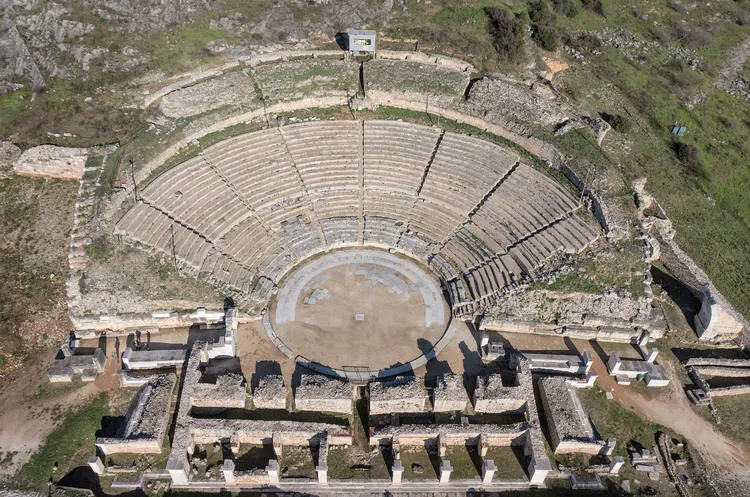The U.N. cultural agency on Friday placed nine new sites on its World Heritage List, including a medieval Armenian city located in northeast Turkey.

[Credit: Jane Sweeney/Getty Images/AWL Images RM]
UNESCO added the old city of Ani, in the Turkish province of Kars to its prestigious list during a meeting in Istanbul. Ani, near Turkey's now closed border with Armenia, once served as the capital of the Armenian kingdom in the 10th century. Mostly abandoned after a devastating earthquake in the 14th century, the ruins include a relatively well-preserved cathedral and hold major significance for Armenians.
Other sites announced Friday include China's Zuojiang Huashan rock art cultural landscape, Iran's ancient aqueducts known as Qanat, and India's archaeological site of Nalanda Mahavihara. A transboundary site located in Bosnia, Croatia, Montenegro and Serbia, and heritage sites in Greece, Spain and Gibraltar also made the list.

[Credit: Getty Images]
The World Heritage Committee also selected Micronesia's artificial islets of Nan Madol and simultaneously placed it on the List of World Heritage in Danger.
Made of basalt and coral boulders, the 99 artificial islets of Nan Madol are home to ruins ranging from temple to tombs dating between A.D. 1200 and 1500.

[Credit: AP/Prashant Ravi]
Dating back to the 5th century B.C., Zuojiang Huashon rock art cultural landscape straddles steep cliffs in southwest China and represent the only trace left of the Luoyue people.
Iran's Qanat system tapped into alluvial aquifer and transported water underground across vast valleys helping sustain agricultural life and settlements in arid areas.

[Credit: Education Images/UIG Via Getty Images]
The Nalanda site comprises the archaeological remains of a monastic and scholastic institution dating from the 3rd century B.C. to the 13th century A.D.
The medieval tombstones and graveyards, known as stecci, combine 30 sites in Bosnia, central and southern Croatia, western Montenegro and western Serbia. Carved from limestone, they feature decorative motives and inscriptions.

[Credit: Hellenic Ministry of Culture and Sport]
The Greek archaeological site of Philippi, founded in 356 B.C. by the Macedonian King Philip II, lies in the present-day region of eastern Macedonia and Thrace. It later became an important Christian site, following the visit of Apostle Paul, UNESCO said.
The Antequera Dolmens site, in Andalusia, southern Spain, is comprised of three megalithic monuments as well as two natural mountainous formations.

[Credit: Corbis via Getty Images]
The natural sea caves —or Gorham's Cave Complex— in the British overseas territory of Gibraltar, also made the list, and provide evidence of Neanderthal occupation over a span of more than 125,000 years.
Gathered from July 10-20 in Istanbul, the committee is reviewing 27 sites of special cultural or natural significance which have been nominated for the World Heritage List.
Source: The Associated Press [July 15, 2016]